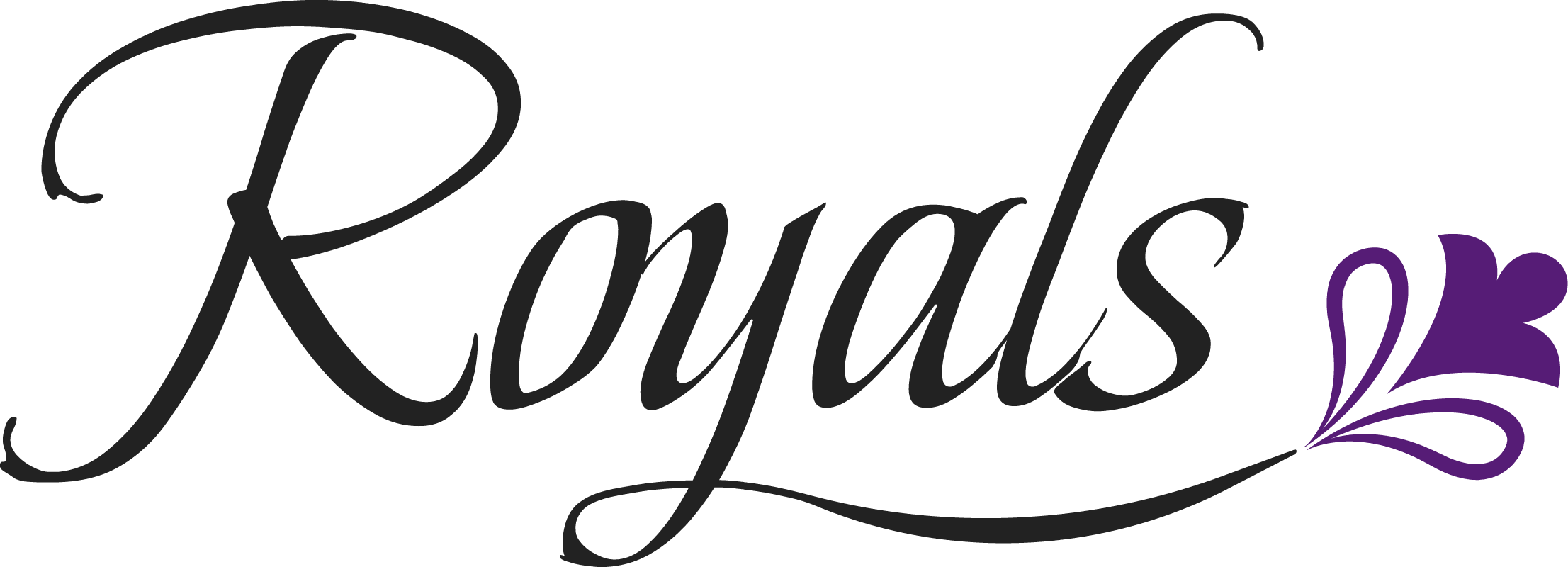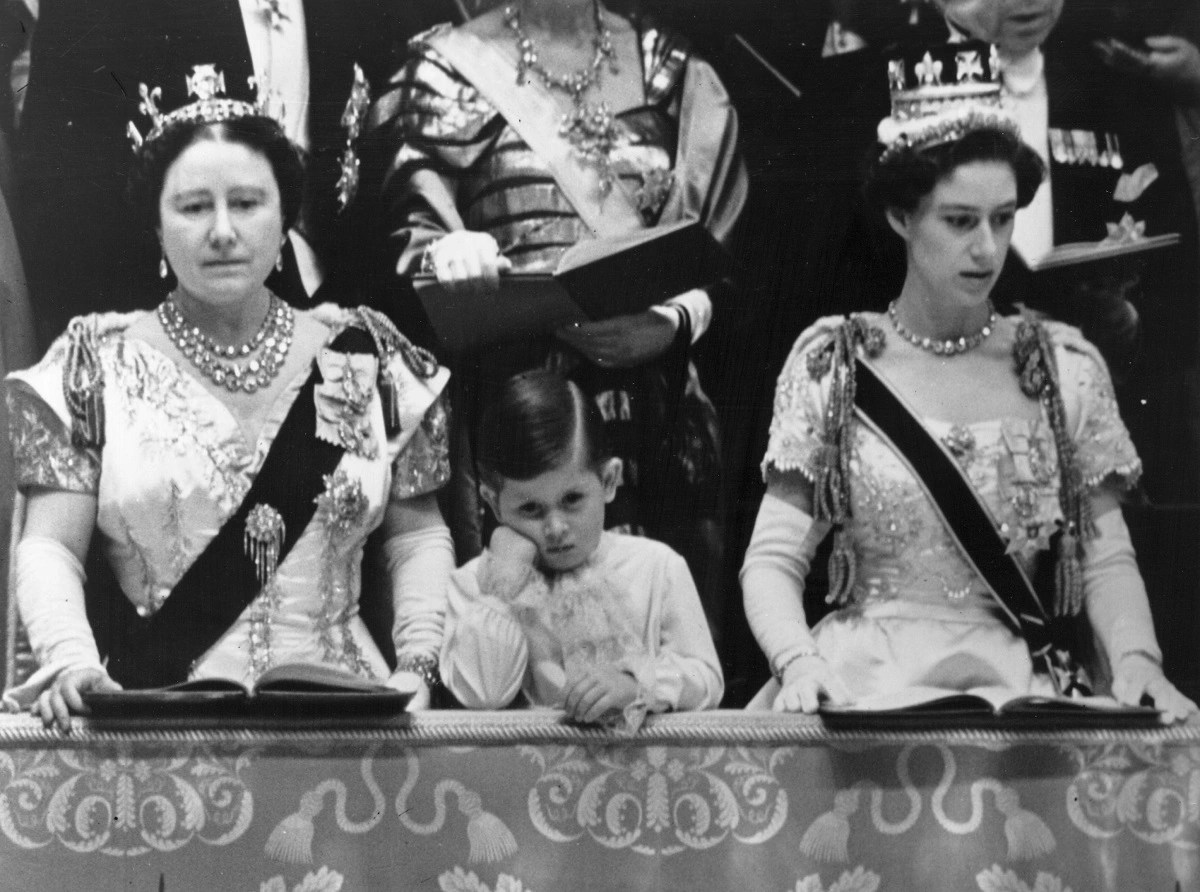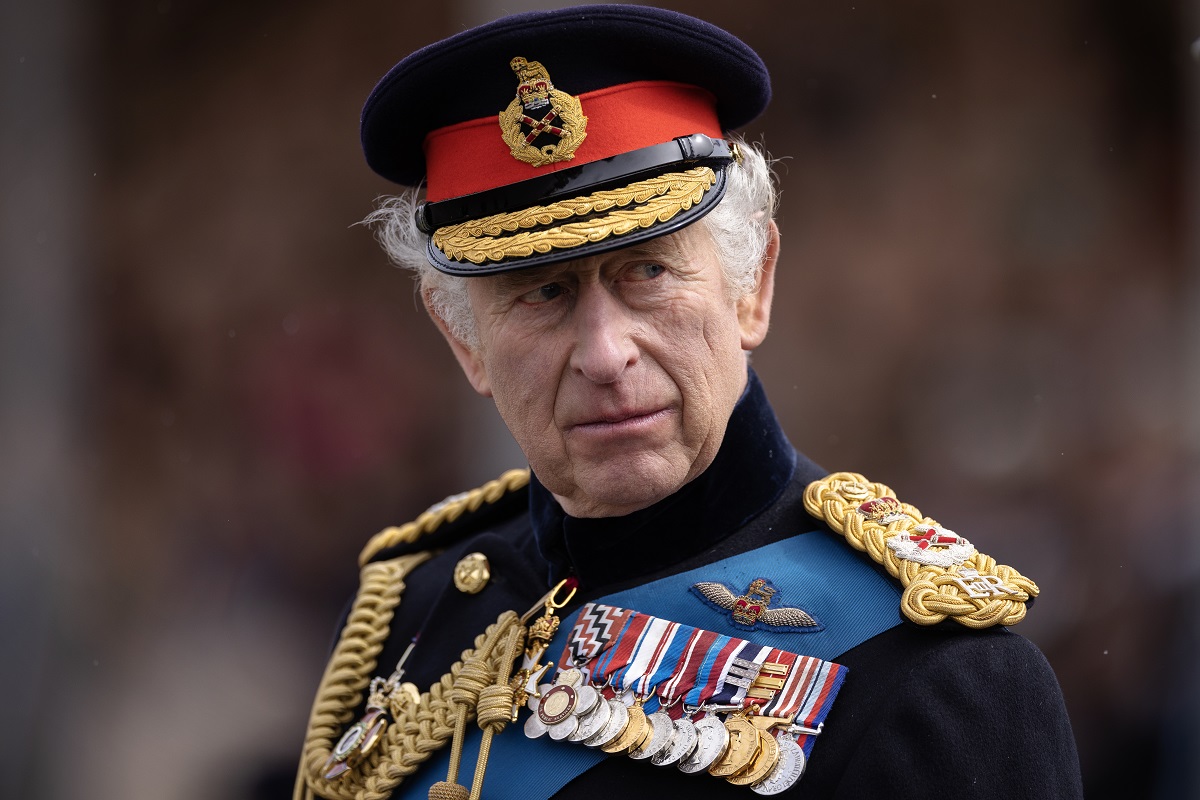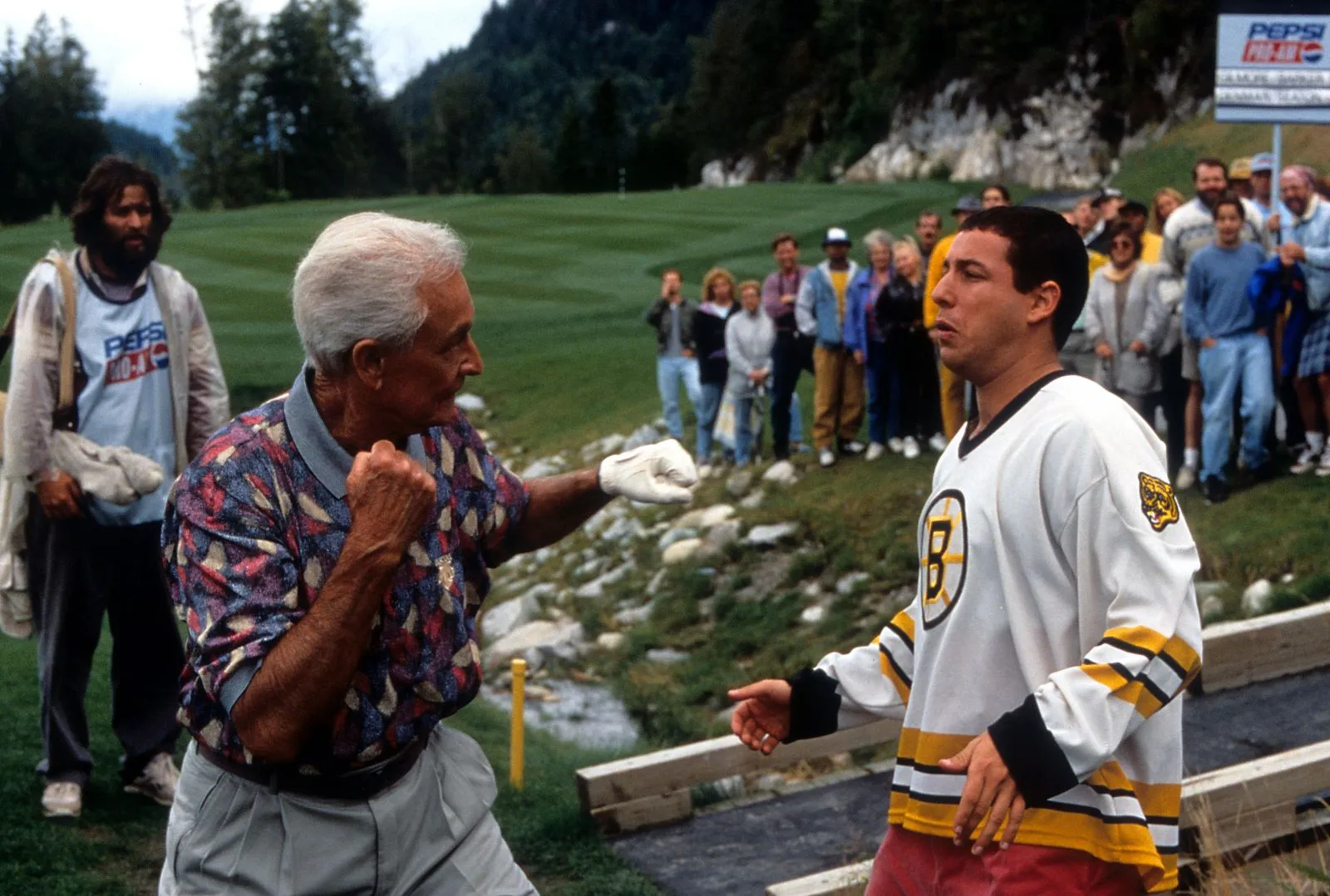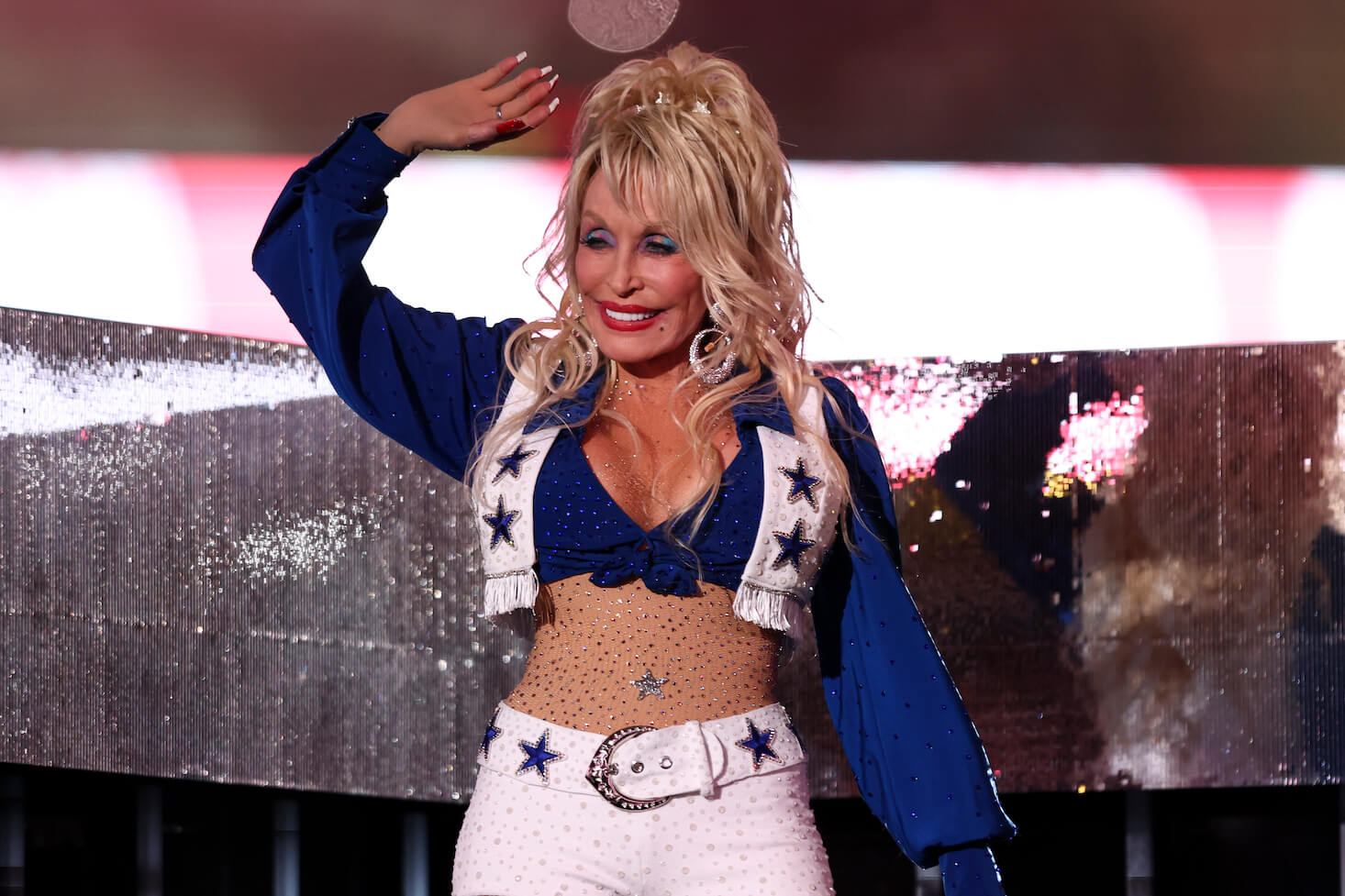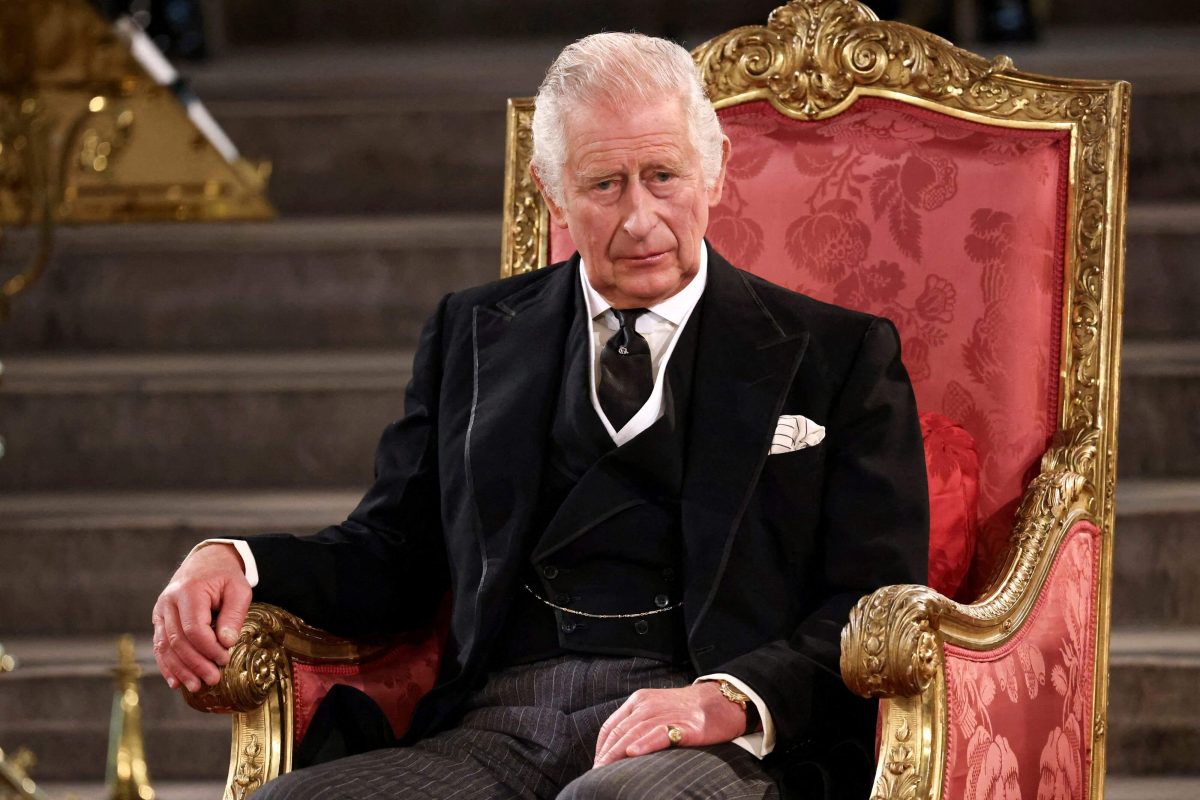
Let’s Hope King Charles III’s Reign Isn’t Anything Like King Charles I’s or King Charles II’s
Although King Charles III became Britain’s monarch when his mother, Queen Elizabeth II, died on Sept. 8, 2022, his official crowning was set several months later. Prior to his coronation, the public already had a small sample size of what type of monarch Charles will be and royal watchers are hoping he has a much better reign than the kings with the same name who have come before him.
Here’s what happened during the disastrous reigns of King Charles I and King Charles II.
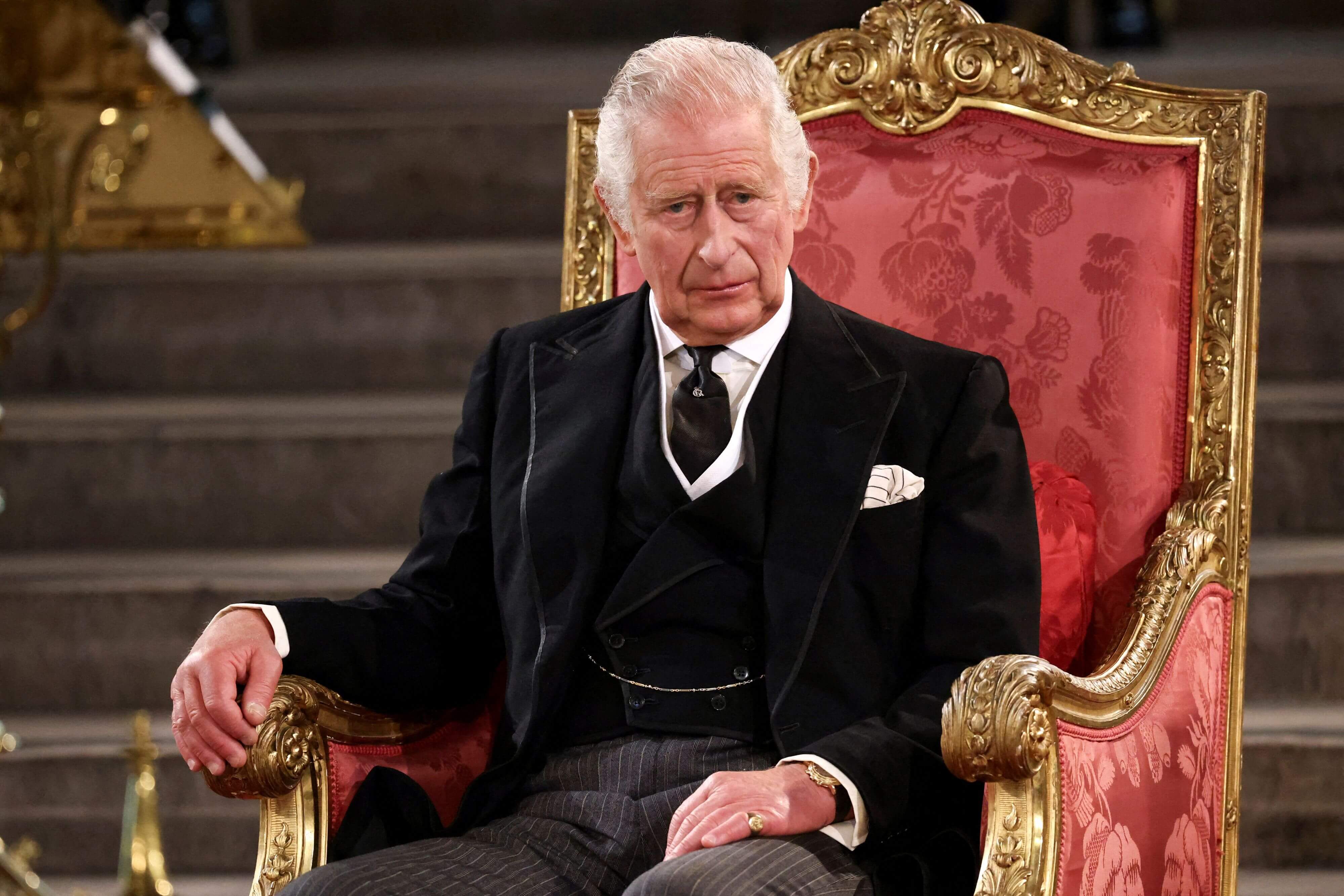
King Charles I was executed
Charles I was born on Nov. 19, 1600, into the House of Stuart. He was actually the second son of James VI of Scotland and Anne of Denmark but became the heir apparent after his older brother, Prince Henry, died in 1612.
He ascended the throne upon his father’s death in March 1625. His coronation took place on Feb. 2, 1626, at Westminster Abbey. His wife Queen Henrietta Maria, who was Catholic, did not take part in the Protestant ceremony. The king and the queen had nine children, including the future Charles II.
While in private Charles was said to be polite, caring, and a loving father his public persona was much different and his reign was shrouded in controversy. His disputes and refusal to change with the times led to his unpopularity and civil wars.
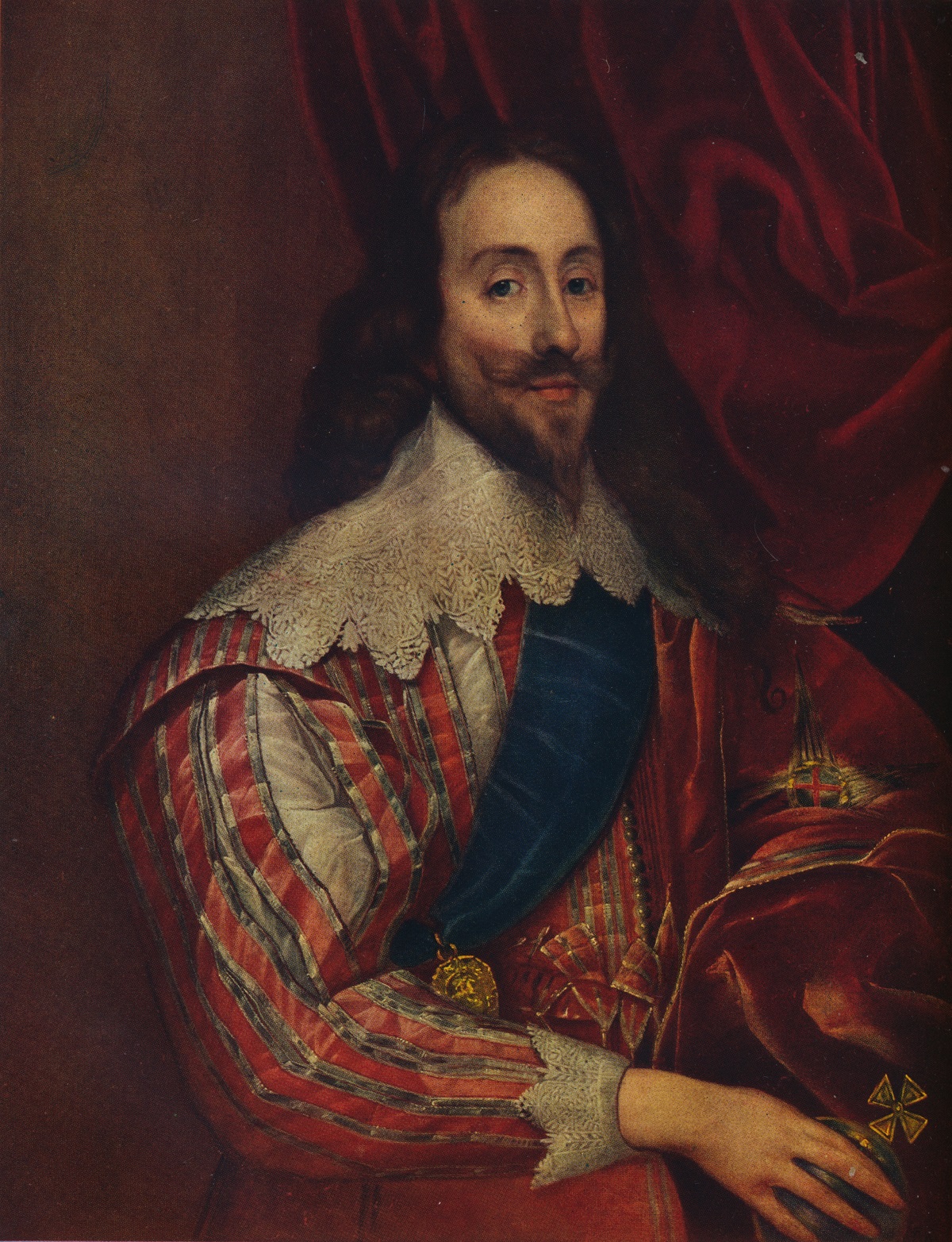
Charles believed in the Divine Right of Kings doctrine. Britannica notes that is “a political doctrine in defense of monarchical absolutism, which asserted that kings derived their authority from God and could not therefore be held accountable for their actions by any earthly authority such as a parliament.”
In 1646 Charles was imprisoned by Cromwell and put under house arrest but escaped. He was soon recaptured and held prisoner at Carisbrooke Castle on the Isle of Wight. On Jan. 20, 1649, he was charged with high treason “against the realm of England.”
The king was sentenced to death on Jan. 27, 1649, and three days later was beheaded on a scaffold in Whitehall, London.
King Charles II spent years in exile
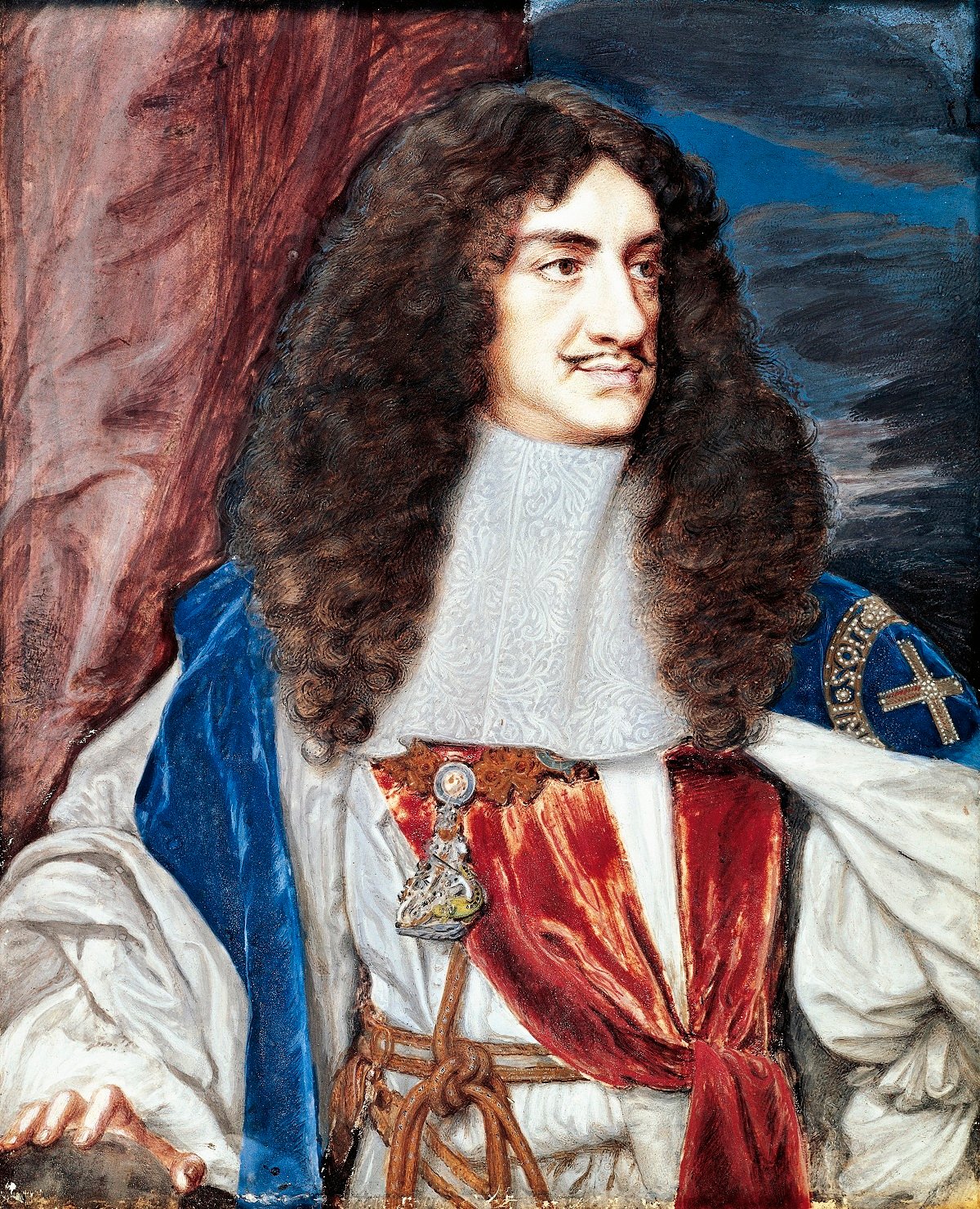
Charles I’s eldest surviving son learned of his father’s execution when he was in the Netherlands. He was proclaimed king in 1650 via a deal with the Scots leading an army into England but was defeated. A republic was then declared and Charles was forced into exile for several years.
He was invited back to England and on April 23, 1661, was crowned King Charles II at Westminster Abbey.
The king dealt with several crises during his reign including the Great Plague and the Great Fire of London. Because he and his wife, Catherine of Braganza did not have any children together his catholic brother James, Duke of York was the heir which was viewed as problematic and created a political storm. After his conflicts with parliament, Charles II ruled out his reign as an absolute monarch, a crime for which his father had been executed decades earlier.
On. Feb. 2, 1685, Charles II suffered an apoplectic fit and died four days later. His sudden illness and death led to suspicion that he was poisoned, but that has never been proven. It was reported that on his deathbed, Charles II converted to Catholicism.
